Following the footsteps of ancient caravans: A journey to Xinjiang Uygur Autonomous Region
- 21 August, 2025
- 14:31
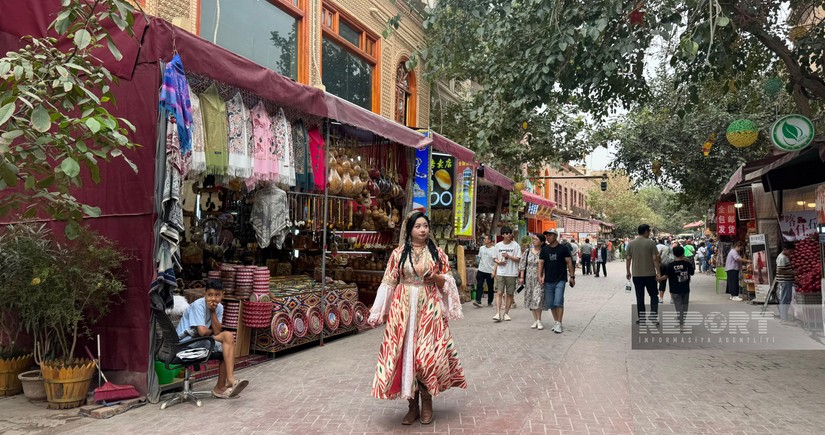
Have you ever wondered what truly makes the People’s Republic of China (PRC) a great world power? At first glance, the question may seem simple, but in reality, it holds a profound meaning. Everyone may have their own answer: some will say that China’s greatness lies in its vast territory, others will point to its large population, still others to its rapidly developing economy, and some to its ancient culture and millennia-old traditions.
But to truly feel where the strength and uniqueness of China lie, it is not enough to rely on dry facts and figures. I tried to find the real answer to this question through travel—by setting off to one of the most distinctive and fascinating regions of the country, the Xinjiang Uygur Autonomous Region. I invite our readers to join me on a journey into the remarkable world of one of China’s regions.
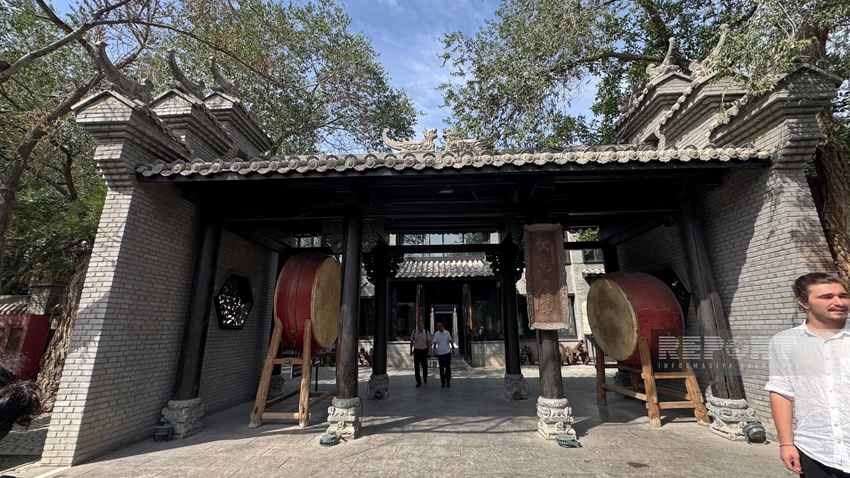
The Xinjiang Uygur Autonomous Region (XUAR) is the largest region of China by territory, occupying almost one-sixth of the country (about 1.66 million km²). It is located in the northwest of the PRC and has a strategically important position, bordering several countries: Russia, Mongolia, Kazakhstan, Kyrgyzstan, Tajikistan, and others.
The administrative center of XUAR is the city of Urumqi, one of the key transport and economic hubs of Central Asia. Many Azerbaijanis probably first heard about Urumqi back in the early 1990s, when this destination became very popular with shuttle traders. The population of the region exceeds 25 million people. XUAR is distinguished by its multinational composition: the main indigenous population are the Uyghurs, a Turkic-speaking Muslim people. In addition, the region is home to Han Chinese, Kazakhs, Kyrgyz, Tajiks, Tatars, Uzbeks, Dungans, and other ethnic groups.

The region is rich in natural resources (oil, gas, coal, uranium), has developed agriculture (cotton, grains, fruits), and plays a key role in China’s Belt and Road initiative, serving as an important trade and cultural bridge between China and the countries of Central Asia.
Urumqi – a magical fusion of the Turkic world with Chinese realities
Our first stop on this journey was the administrative center of the autonomous region – the city of Urumqi. At first glance, it may seem like a typical Chinese metropolis with its high-rise buildings, wide avenues, endless traffic, and a fast-paced lifestyle. But if you stay here longer, walk along the bustling streets, look into the faces of passersby, and listen to the rhythm of the city, its special, unique atmosphere gradually reveals itself.
Urumqi is a fascinating interweaving of cultures, where the great Turkic world coexists in harmony with China’s rich heritage. Here, ancient traditions naturally blend with modern dynamic development, and the city’s history resonates with contemporary trends and technologies. In the narrow streets of old quarters, bustling bazaars come to life: the air is filled with the aroma of oriental spices, freshly brewed green tea, and sweet delicacies, while just a few steps away, giant skyscrapers glitter with neon lights.
Particular attention is drawn to the city’s signs and plaques—they are written simultaneously in Chinese characters and Arabic script. This reflects the region’s cultural diversity and stands as a sign of respect for the local population, for whom Turkic and Islamic traditions are an integral part of daily life. Such a linguistic interlacing makes Urumqi a unique space, preserving a rare balance between tradition and modernity.

Among the city’s main attractions, I would especially highlight Da Bazaar—or the Grand Bazaar. This place is not just a traditional oriental market for shopping, but a true gateway into living Turkic culture. Passing through its gates feels like stepping into a separate world: before your eyes stretches a sea of colors, aromas, and sounds. As a representative of one of the Turkic peoples, I felt at home here: familiar Turkic words resounded all around, while the fragrance of saffron and spices, so familiar from childhood, filled my soul with warmth and nostalgia.
Uyghur dishes, fragrant dried fruits, oriental sweets, and juicy pomegranates occupy a central place among the market’s delicacies. Locals even call the pomegranate a symbol of XUAR, explaining it this way: “The greatness and significance of the pomegranate lies in the fact that we, like its tiny seeds, represent different nationalities, but together we create unity and strength.”
Mosques are also an inseparable part of the city’s culture. There are many of them here, and each impresses with its architecture. The Chinese government treats them with deep respect and care, emphasizing the importance of the region’s spiritual and cultural traditions.
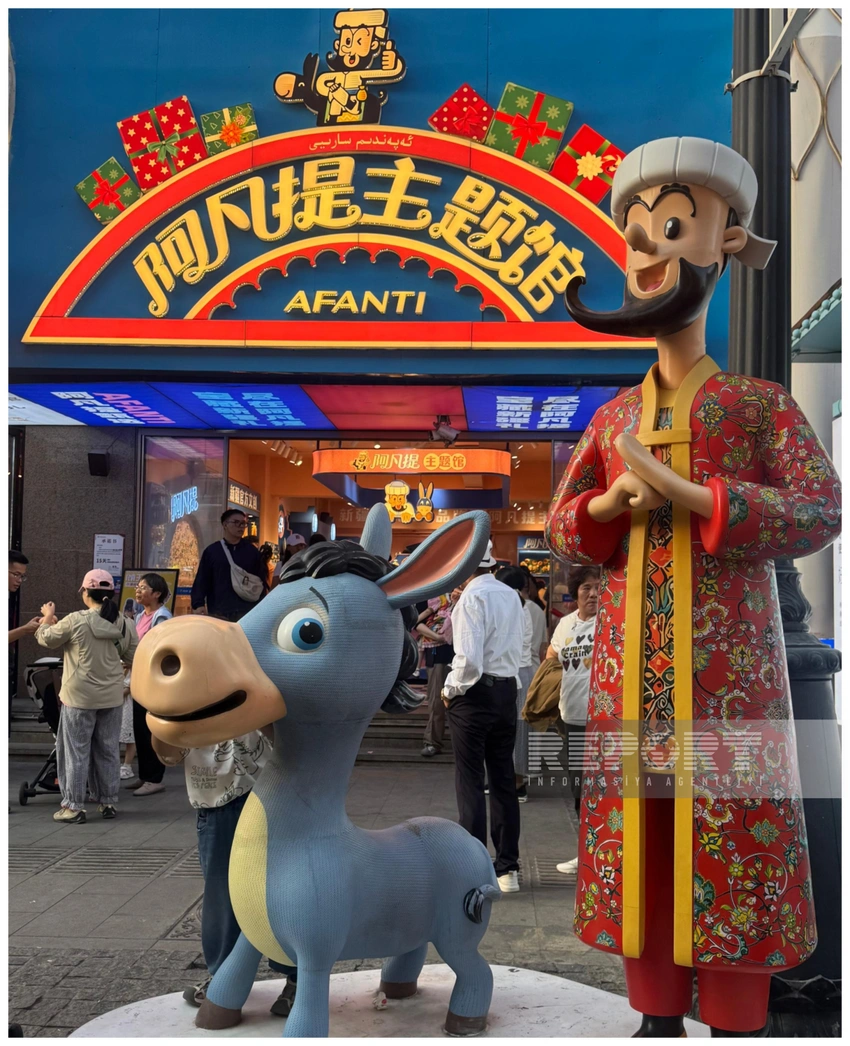
The Hongshan Park, also known as Red Mountain Park, is another hallmark of Urumqi. Located in the very heart of the city, it combines natural beauty with China’s rich cultural heritage and modern attractions. The park is situated on the mountain of the same name, which rises 911 meters above sea level. The purple sandstone that makes up the mountain gives it a distinctive reddish hue, which is why it received its name—“Red Mountain.” The park’s greenery creates a vivid contrast with the city’s skyscrapers and offers Urumqi a fresh, vibrant palette of colors.
Walking through the park, one can feel the spirit of China everywhere. Traditional Chinese temples, often seen on television since childhood, come to life here in reality. Their elegantly curved roofs, carved wooden details, and refined architecture captivate the eye. In the air, the soft sounds of a gong and the quiet echo of prayers can be heard, while deep inside the temple halls stand statues of Buddha, creating an atmosphere of peace and harmony.

Another must-visit place in the city is the Horse Park, or Liyushan Park. Although its main purpose is to observe graceful horses and equestrian events, its beauty goes far beyond that. The park impresses with its well-kept green landscapes, murmuring fountains, and quiet alleys for leisurely walks to gather one’s thoughts. Elements of ancient Chinese culture—traditional pavilions, elegant bridges, decorative details, and architectural accents—blend organically with the modern urban context. Walking through Liyushan, it is impossible not to admire not only the grace of the horses and the park’s vastness, but also the thoughtfulness of every corner, the ecological harmony, and the amazing atmosphere of tranquility.
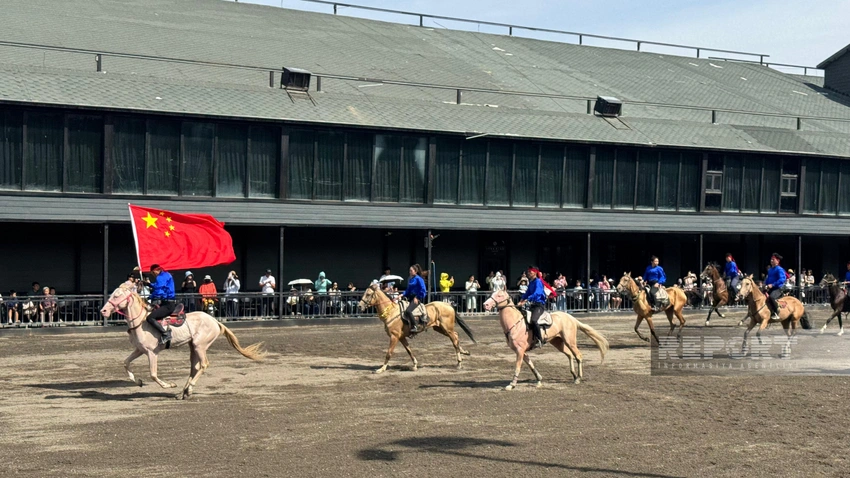
Kashgar – the beating heart of the Silk Road
“If you haven’t been to Kashgar, you don’t truly know Xinjiang; if you haven’t seen the Old City, you don’t truly know Kashgar itself.” This is how the locals describe their beloved hometown. With more than two thousand years of history, Kashgar covers only 1.57 square kilometers and houses some 40,000 residents.
In the Middle Ages, Kashgar was one of the most vital crossroads of the Silk Road. From here, caravans set out toward the Fergana Valley, Kashmir, Urumqi, and countless other destinations across Central Asia. Even today, the narrow alleys of the Old City echo with the atmosphere of those times: the vibrant clamor of bazaars, the memory of caravanserais, and the lingering aroma of spices that once floated above its bustling squares.
Since July 2015, Kashgar has proudly held the prestigious 5A Tourist Zone designation, a recognition of its historical and cultural significance.
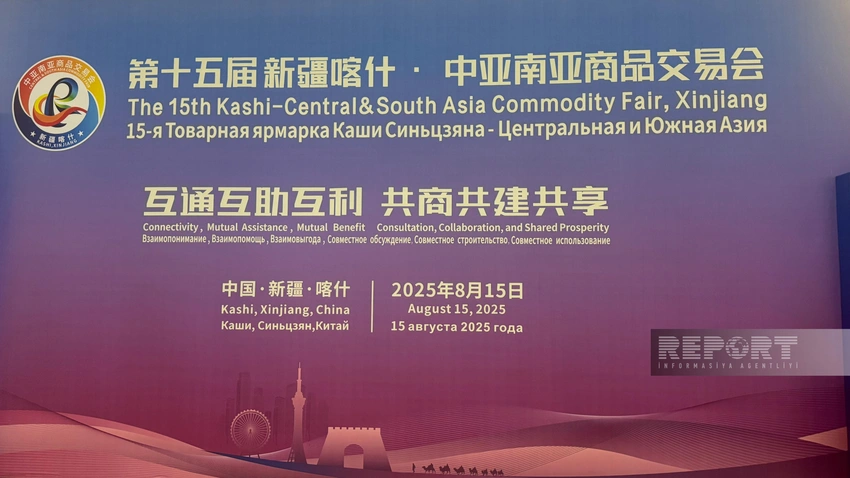
To further strengthen Kashgar’s position as a hub of commerce, local authorities established a large-scale international fair, designed as a platform for business growth and investment. Known as the Kashgar – Central and South Asia Fair, or more simply the Kashgar Fair, it has, over the past two decades, drawn participants from 56 countries and regions and hosted more than 38,000 enterprises. Deals signed here have exceeded $66 billion in total value.
Yet Kashgar’s riches are not confined to trade alone. The land itself is extraordinarily fertile, and the people make full use of its bounty. Surrounding the city are vast fields of rice and cotton, as well as orchards overflowing with fruit—sweet peaches, ruby-red pomegranates, fragrant grapes, and ripe plums. And the melons… their juiciness and flavor deserve a story of their own. The city is also famed for producing some of the finest dried fruits in the region.
For me, however, the true soul of Kashgar lies in its people—the Uyghurs and immersing oneself in their culture feels both vivid and profound. Everywhere you turn, there is music in the air, the rhythm of traditional dances, flashes of brightly patterned clothing, the aroma of Uyghur dishes and sweets, and the living memory of centuries past, etched into the old streets and bazaars.
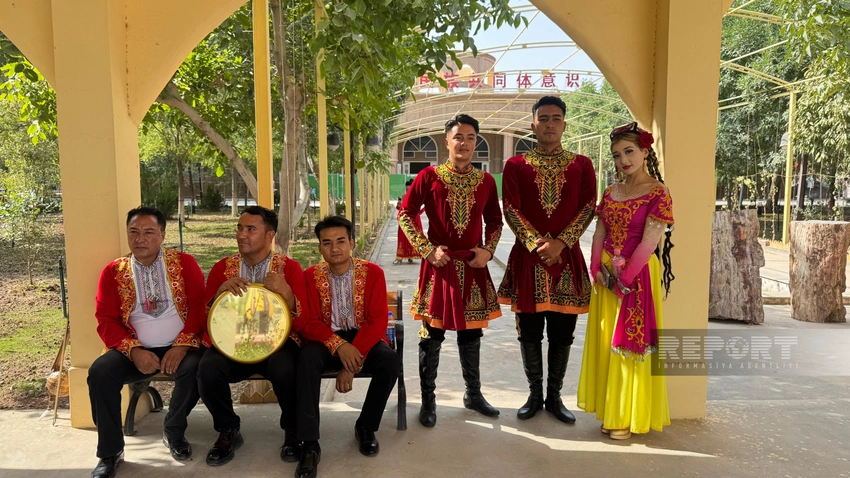
Kashgar is a living museum, where the culture of its people unfolds in all its vibrancy and richness.
Among the must-visit sites in Kashgar is the Xinjiang National Musical Instruments Village, located just 10 kilometers from the city center. Here, for more than 150 years, local artisans have passed down the secrets of instrument-making from generation to generation. In small family workshops, more than 50 types of instruments are crafted, grouped into 27 categories that encompass nearly every kind of traditional Uyghur musical instrument.
In 2000, by decision of the State Council of the PRC, the village was officially recognized as the National Musical Instruments Village of Xinjiang, China. In 2004, two giant instruments crafted by local masters—a 5-meter dutar and a 3.7-meter rawap—were included in the second national list of China’s intangible cultural heritage, further highlighting the uniqueness and craftsmanship of these traditions.
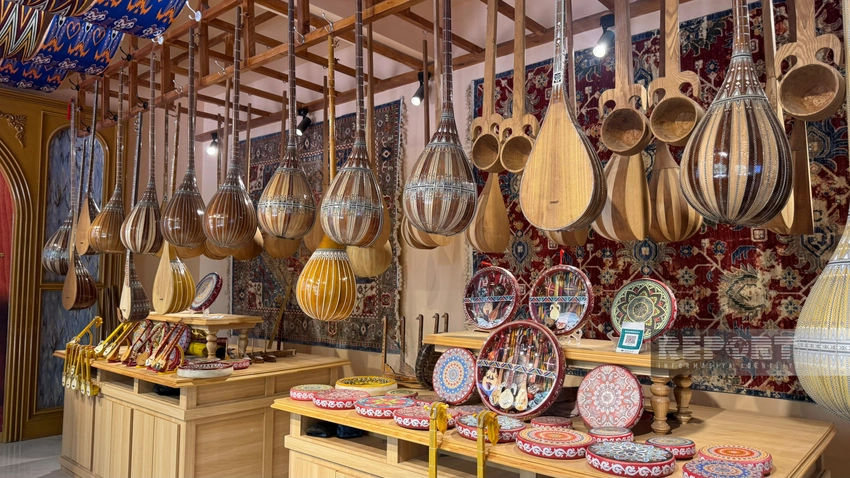
Strolling through the village, one is instantly immersed in the enchanting atmosphere of music: the soothing notes of the daf, dutar, rawap, satar, and tambur create a sense of harmony, beauty, and generational connection.
Another highlight of Kashgar is the Id Kah Mosque, located on the city’s main square. It is the largest mosque in China and one of the most significant in Central Asia. Built in 1442, it has preserved its unique architecture and majestic atmosphere to this day, remaining a spiritual and cultural center of the city.
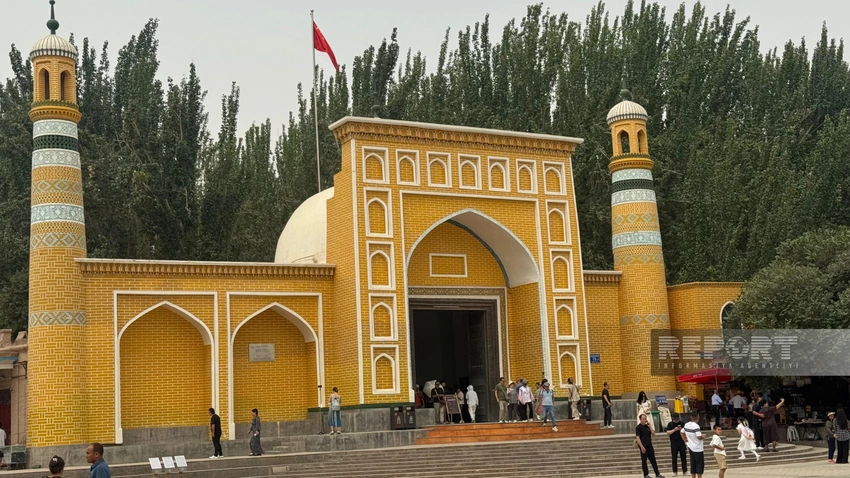
Our visit to the mosque was guided by the local imam, who shared detailed insights into the traditions surrounding prayer. The mosque’s beauty impresses not only with its scale but also with the harmony of its architectural details and the intricate ornaments that have preserved the spirit of Uyghur culture for centuries.
And so, our fascinating journey came to an end… Visiting the Xinjiang Uygur Autonomous Region, one realizes that China is more than just a vast country with a rich history and a booming economy. The true magic of the nation lies in its cultural diversity, the harmonious coexistence of tradition and modernity, and the respect shown to every people and the stories they carry.
 USD - 1.700
USD - 1.700 

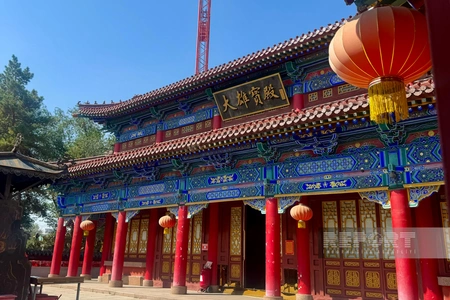
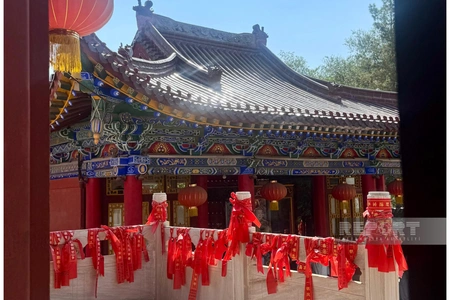


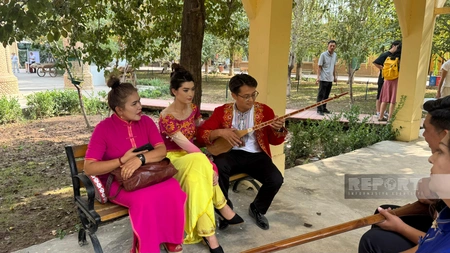


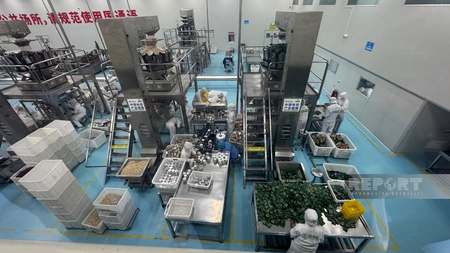
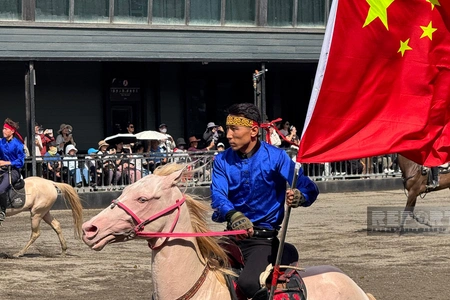
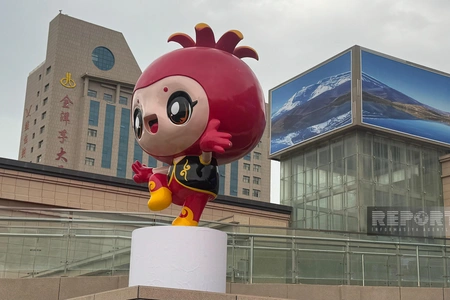


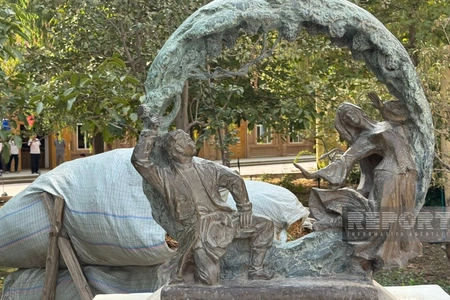

 Russian Version
Russian Version